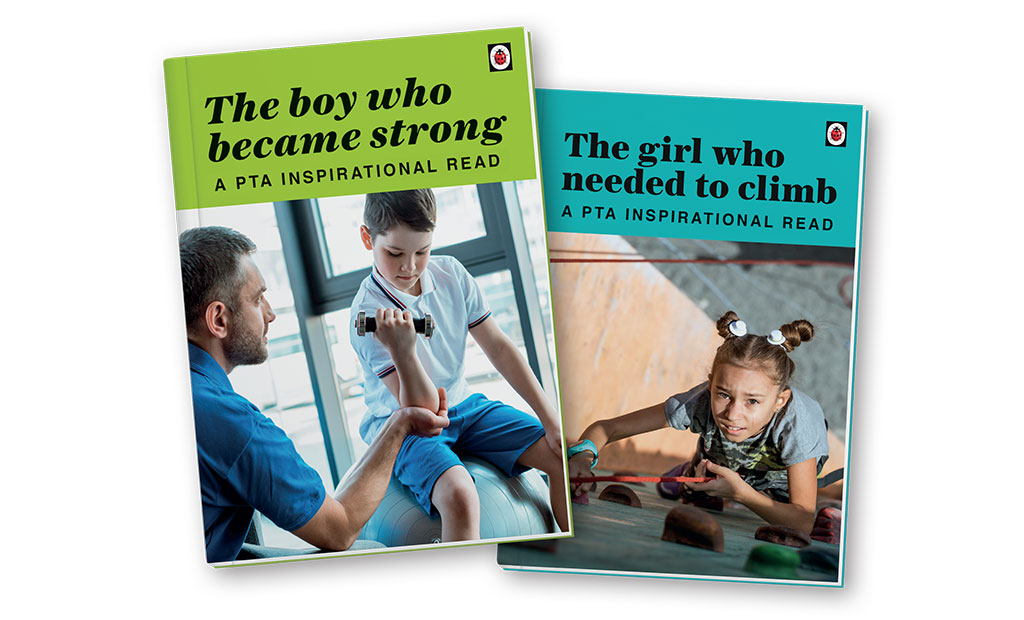When you tell people you’re a fundraiser, they eye you with caution. I discovered this when I worked for a large children’s charity. People would back away while at the same time telling me how they already gave donations to a variety of causes, before politely exiting the conversation.
So I stopped saying I was a fundraiser. I started talking about the impact my fundraising made. When I said I worked to protect children, it opened up conversations rather than closed them down.
When I realised that fundraising wasn’t about a grubby ask for money, but about making change happen, my fundraising results improved. When I was proud of the difference my fundraising made, I became more confident about asking people to donate. And when I learnt that good fundraising is about giving people the opportunity to make a difference to something they care about, my success increased again.
Charity fundraising is not just about asking people for money, it’s about inspiring people to make change happen. Fundraising is about building relationships. The vast majority of people want to help others. People give to people – and it makes us feel good. Other parents want the best for their children; local organisations and community groups want to help the communities that they serve.
The reality of fundraising is that it’s easier said than done. You can’t expect anyone to just give because you ask them (even though not asking is the single biggest reason people give when asked why they don’t donate to charity).
You have to connect with the person you’re asking; you have to inspire them to want to be involved; and you have to connect with them on an emotional level. The single best way to do that is through storytelling. Remember that the most successful fundraisers are also great storytellers.
The power of storytelling
Humans are wired to tell stories. It’s how we’ve shared knowledge for hundreds of thousands of years. Scientists have shown that we’re more likely to remember information delivered through emotionally charged storytelling than from facts and figures. Stories inspire people. We remember them, we retell them, and we take action because of them.
Stories told well create an emotional connection. Humans make decisions based first on emotion, and then the rational part of our brain catches up. With charity donations, supporters are inspired (emotional) to help, then they need to check (rational) whether they trust the charity to spend their donation wisely. Will it make a difference? Do the numbers add up?
How to structure a story
When telling a story, structure is important. It must interest your reader or listener, take them on a journey, and describe problems and solutions in a way that captivates attention and encourages action.
For example, if you’re raising funds for new playground gym equipment, rather than just asking for money, tell the story of why the playground equipment is important. What problem will good equipment solve? What difference will it make to the children, parents or the community?
Every powerful story is made up of key areas, which I’ve outlined in this five-step story structure.
- Set the scene Tell the listener who the story is about. Make it about one (real or imaginary) child or a particular group of children – people will connect to stories of specific people on an emotional level.
Of course, it may be difficult for PTAs to isolate an individual case study. Not only does a PTA’s constitution usually specify that monies raised must be used to benefit all children, it is also difficult to find a person in need who will consent to having their story made public. This is where you need to be a bit creative. You could begin your story something like this:
There are many reasons why children don’t engage in physical activity at school. For example, let me tell you about a (fictitious) boy in Year 4, who has lost some confidence at playtimes. His class currently only has access to equipment for team games, but he prefers activities he can do alone. And the lack of equipment has become a real barrier to him taking part in physical activity at school.
- Describe the problem and why it’s important The problem is that this boy – let’s call him David – is not participating in playtime activities, and is getting out of the habit of physical activity. This can have a knock-on effect on his learning and his overall fitness. And the habits (good or bad) we form as children continue with us into adulthood.
- Explain how the solution will help With some new playground gym equipment, ‘David’ and other boys like him can access physical exercise in a non-competitive way, at their own pace. He’ll gradually build up his confidence and fitness, setting up good habits for life.
- Paint the vision of the different future New gym equipment means that someone like David is more likely to exercise regularly. There are many benefits of regular exercise to both our mental and physical wellbeing – something that’s particularly important at this time.
- Highlight how the listener has a role in making the better future happen Consider the role your listener or reader could play in the outcome of the story. For example, if you’re trying to persuade someone to support your project, help them connect to the part they’ll play in creating a better future for these children. Remind them that they are the hero of the story. For example:
With your help we can provide outdoor gym equipment so that David and all the children can improve their physical and mental wellbeing, be happier and do better at school.
I know this might seem like hard work when you’re already busy. But you can make every moment count by investing time in finding and telling stories that connect with people. Ultimately, it will help your parent community better understand the PTA and improve your fundraising results.
Make it relevant
Here are my top tips to get people’s attention and inspire them to get involved:
- Think about your audience and what sort of story would appeal to their interests.
- Find your stories. Chat to other parents, teachers and pupils about the problems that your fundraising could help them solve. Get a notebook and jot down anecdotes and stories.
- Make sure you are connected to your story, otherwise it’s hard to convince others to care.
Lucy Gower is the founder and director of Lucidity. She is a bestselling author, coach and facilitator who specialises in developing creative, collaborative and high-performing teams. Download How to be a Brilliant Storyteller at lucidity.org.uk





